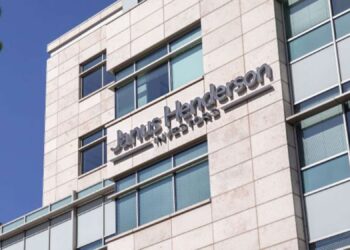Market concentration in the ASX 200 has significantly declined over the past decade, according to S&P Global.
According to a report into market concentration, materials, energy and financials saw particular declines while the weighting to information technology increased.
These three sectors previously made up 67% of the ASX 200 but this had since declined to 53% thanks to increased weightings in healthcare, real estate and information technology.
While other markets such as S&P 500 had seen technology dominant their market over the years thanks to mega-cap companies such as Apple and Alphabet, it was still less than 10% of the Australian market, just a 4% increase from 10 years ago.
Some of the largest ASX information technology companies were Wisetech, Xero and Afterpay, although the country lagged over markets in its technology exposure.
However, those countries where a large technology exposure left the market highly concentrated found themselves vulnerable to investors crowding into few companies.
This 4% increase compared to a 13% increase in the S&P 500 and 9% increase in Canada and China.
The largest ASX 200 increase was seen in healthcare which had increased by 7% over the decade.





